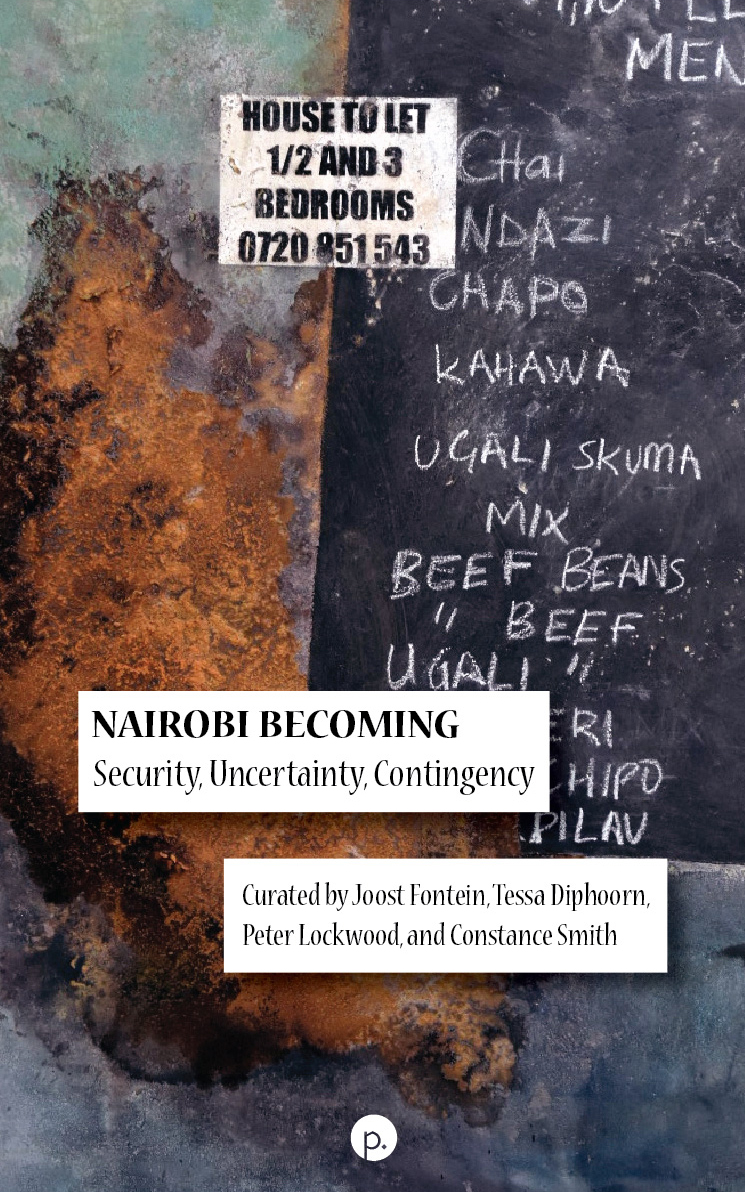What strange transactions take place in the mobile spaces between loci? How does the flow of forces between fixed points enliven texts, suggest new connections, and map out the dizzying motion of myriad interactions? The essays in this volume were first presented at the 2014 New Chaucer Society Congress in Reykjavik, Iceland where a meeting of minds in a shared intermediate space initiated dialogue from diverse perspectives and wended its way through the invisible spaces between concrete categories, objects, and entities.
The resulting volume asks a core question: what can we learn by tarrying at the nexus points and hubs through which things move in and out of texts, attempting to trace not the things themselves or their supposedly stable significations, but rather their forms of emergence and retreat, of disorder and disequilibrium? The answer is complex and intermediate, for we ourselves are emerging and retreating within our own systems of transit and experiencing our own disequilibrium. Scholarship, like transit, is never complete and yet never congeals into inertia.
Through the manifold explorations of the dynamic transit, transports, scapes, and flows found within literary—and Chaucerian—thought-worlds, new vistas of motion and motivation emerge. Following John Urry’s mobile sociology, the volume advances the notion that we can no longer view either social worlds or textual worlds as uniform surfaces upon which one can trace or write a history of the horizontal movements of humans and human mentalities; rather, everything is in constant motion: objects, images, information/ideas, and mobility is thus also vertical, involving human and non-human actants.
Ranging from the “black box” of human corporeality to the peregrinations of traveling hearts to literary physics, animal vehicles, didactic eagles, liquid landscapes, and beyond, the essays in this volume consider how medieval texts and objects rewarp time and space by the means of sophisticated transit and transport structures, where medieval cultural objects themselves emerge as transit systems in which we can glimpse the mobility of objects, figures, mentalities, tropes, and other “matter” in vibrant intermediate networks. Motive entities within literature twist and turn, interact and collide, and destabilise predictable trajectories with unpredictable vigor.
TABLE OF CONTENTS // James L. Smith, “Introduction: Transport, Scape, Flow: Medieval Transit Systems” — Christopher Roman, “Bios in The Prik of Conscience: The Apophatic Body and the Sensuous Soul” — Jennie Friedrich, “Concordia discors: The Traveling Heart as Foreign Object in Chaucer’s Troilus and Criseyde” — Robert Stanton, “Whan I schal passyn hens: Moving With/In The Book of Margery Kempe” — Carolynn Van Dyke, “Animal Vehicles: Mobility beyond Metaphor” — Sarah Breckenridge Wright, “Building Bridges to Canterbury” — Thomas R. Schneider, “Chaucer’s Physics: Motion in The House of Fame“





Anxious for the book to be published not just because I am related to one of the contributors but I have I not seen this material in my forty-year career.